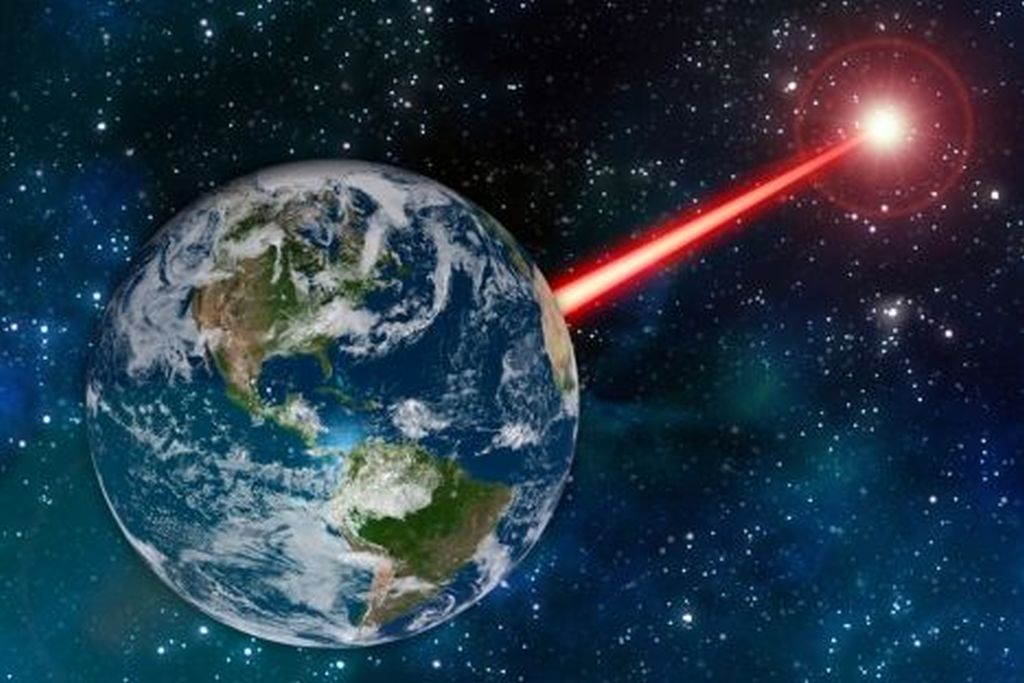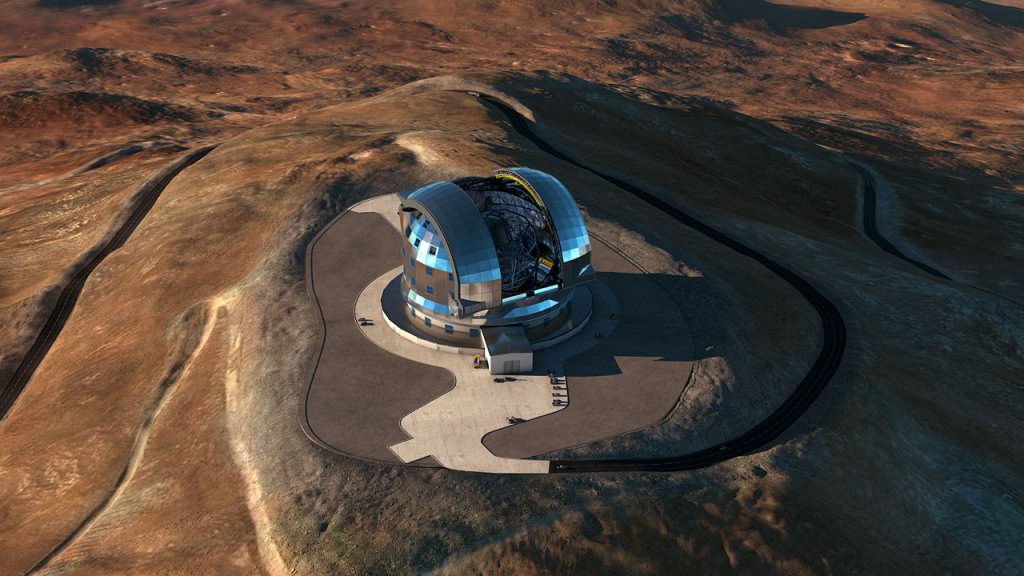A powerful laser is just the thing to announce our presence as a technological species in this arm of the galaxy. Engineers would line up to work on that project. But is it a good idea to let any mysterious galactic neighbours know we're here?
A pair of scientists at the
Massachusetts Institute of Technology
(MIT) have published a paper outlining how a powerful laser could be built to communicate our presence to any other technological civilizations in our galactic vicinity. James R. Clark, one of the authors of the paper, and a graduate student in MIT's Department of Aeronautics and Astronautics, says such a laser could be built with technology that's within our reach. Clark emphasizes that the paper is a 'feasibility study' rather than an actionable plan.
"I wanted to see if I could take the kinds of telescopes and lasers that we're building today, and make a detectable beacon out of them." James Clark, grad student, MIT Dept. of Aeronautics and Astronautics.
The laser would have to be powerful, between 1 to 2 megawatts. That's pretty powerful, but not anywhere near the world's most powerful. Japan fired a
2 petawatt
(2 quadrillion watt) laser in 2015, but only for 1 trillionth of a second. And other researchers around the world are working on more powerful lasers than that. Clark points to the US Air Force's
Airborne Laser
project, which was designed to shoot down ballistic missiles. It was in the same power range needed for Clark's system, and was tested successfully, so the idea is not far-fetched.
[caption id="attachment_140459" align="alignnone" width="397"]
![The US Air Force's Airborne Laser anti-missile system inside the turret on the Boeing 747. Image Credit: Air Force photo by Bobby Jones - http://news.com.com/2300-1008_3-6192767-4.html?tag=ne.gall.pg, Public Domain/> The US Air Force's Airborne Laser anti-missile system inside the turret on the Boeing 747. Image Credit: Air Force photo by Bobby Jones - http://news.com.com/2300-1008_3-6192767-4.html?tag=ne.gall.pg, Public Domain [/caption]
But this feasibility study isn't only about the laser. It involves telescopes, too. The powerful laser would be fired through a telescope some 30 to 45 meters in diameter. Kind of like frying bugs on the sidewalk with a magnifying glass when you were a kid. (Do kids still do that?)
There are telescopes under construction in that range. The <a href=](/article_images/Airbornelaserturret.jpg)
Thirty Meter Telescope
(TMT) and the
European Extremely Large Telescope
(EELT), which has a 39.3 meter primary mirror. So the telescope technology is not far-fetched.
[caption id="attachment_135515" align="alignnone" width="525"]
 Universe Today
Universe Today

